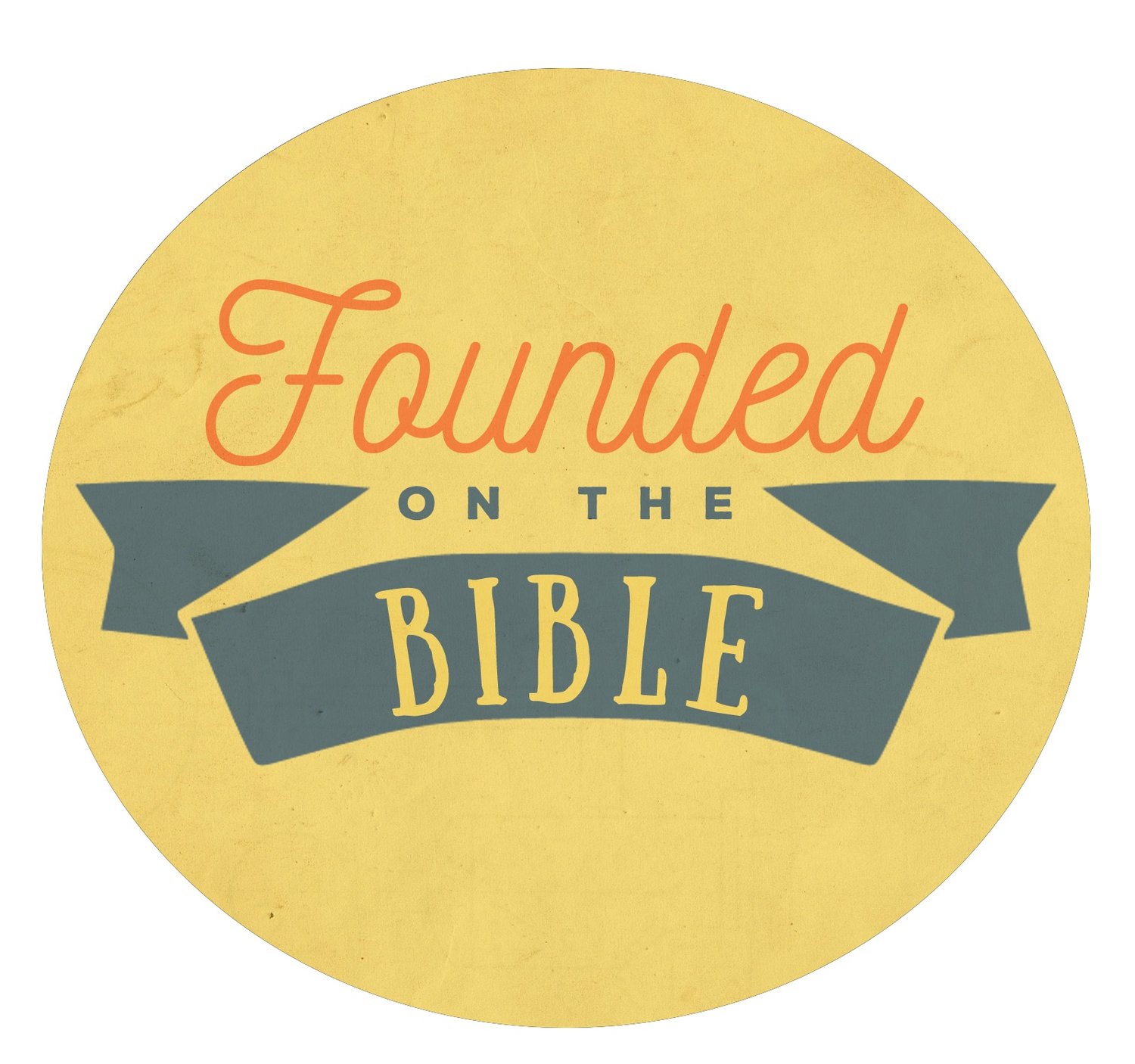The Passover Seder Bread
Mark 14:22 NLT
As they were eating, Jesus took some bread and blessed it. Then he broke it in pieces and gave it to the disciples, saying, “Take it, for this is my body.”
The Passover Seder or meal commemorates the Exodus of the children of Israel from Egypt . Throughout this series, remember that symbolism is a powerful language tool, and this verse in Mark is filled with visual significance. Let’s deconstruct this passage for today’s reflection.
Striped and Pierced
In Exodus, the Israelites were told to hurriedly bake bread and be ready to travel at a moment’s notice. In response to this warning, they baked matzah bread. Matzah bread contains no yeast and is unleavened. The bread is rolled out and pierced with a fork so it will keep its flat shape and pack easily. It is baked on a hot grid so there are imprints of stripes on the entire surface (1 & 2).
Leaven is a symbol for sin, thus the removal of leaven symbolizes purity. The matzah is pierced and striped. All of these symbols point to Jesus who was pure without sin, nailed to a cross, pierced with nails and a lance, and brutally whipped forming stripes on his back (1 & 2).
Isaiah 53:5 KJV, “He was wounded for our transgression, he was bruised for our iniquities: the chastisement of our peace was upon him; and with his stripes we were healed.”
The Trinity
In the phase of the Seder where Jesus broke the bread, there would be a ‘matzot tosh’ or a bag on the table. This bag was sewn with three compartments, and each compartment contained a matzah. The Jewish rabbis teach that the matzot tosh symbolizes unity. Messianic Jews believe it is symbolic of the unity of the Triune Godhead: the Father, the Son, and the Holy Spirit (1).
Jesus, the Man of Affliction
As the Seder meal came to a close, the matzah in the middle compartment known as the ‘bread of affliction’, was removed from the bag and broken in half. The smaller of the two halves was then returned to the middle compartment of the matzot tosh. The middle matzah, the bread of affliction, points to Jesus, a man of sorrows or affliction (1 & 2).
Isaiah 53:3, “He is despised and rejected of men; a man of sorrows, and acquainted with grief: and we hid as it were our faces from him; he was despised, and we esteemed him not. Surely he hath borne our griefs, and carried our sorrows; yet we did esteem him stricken, smitten of God, and afflicted.”
Burial Linen
The larger piece of the two halves was known as the ‘afikoman’ or the dessert, and was wrapped in a special linen and hidden. The wrapped afikoman is a symbol of Jesus' body wrapped in ceremonial death linens and the hiding of the afikoman represents His burial (1 & 2).
Resurrection
The meal could not be completed without the missing afikoman. Before the completion of the meal, someone found the afikoman, returned it to the table, and was given a reward. The afikoman was then gently unwrapped. The finding and unwrapping of the afikoman represents Jesus' miraculous resurrection from the dead (1 & 2).
The Church is the Body of Christ
Once the afikoman is unwrapped, each member at the Seder table is given a small piece the size of an olive (1 & 2). The partaking of the afikoman symbolizes the resurrected Jesus, Son of God, head of the church and we are all part of the Body of Christ. This is what Jesus meant when He declared, “This is My body broken for you.”
Remember
Keep in mind that every time the Godhead witnessed the celebration of the Passover, they were painfully reminded of what Jesus was to suffer in His body. This is why God's mercy is so great! At this Passover recorded in the book of Mark, Jesus shared with the disciples that it was now their turn to be conscious the suffering He was about to endure. Today, we are to remind ourselves when we take communion of the great price Jesus paid for our sins, our healing, and our redemption.
Let’s Pray:
Father, for millennium You have prepared us for Jesus’ coming. All of these rituals were purposeful and filled with depth and meaning. Every time You witnessed the Passover Seder, You were reminded of the sacrifice Jesus would make for us. Now, it is for us to remember the great sacrifice made by Jesus, the man of affliction, the Son of God, who was pierced and whipped on our behalf. Thank You for the gift of being a member of Your family, the body of Christ. You may do with my life as You will. In Jesus Name, Amen.

